Summary
The lake is home to a variety of fish species including largemouth bass, bluegill, redear sunfish, black crappie and channel catfish. Largemouth bass are the most prevalent species in the lake and can be caught year-round.
Apart from fishing, Guilliard Lake offers visitors plenty of activities to enjoy. Hiking, camping, and picnicking are all popular activities in the area. The lake is also close to the Santee State Park, which is a great place to explore nature and take in the beautiful scenery.
Fishing tips for Guilliard Lake include using live bait such as worms or minnows when targeting largemouth bass or crappie. Topwater lures can also be effective during the early morning and late afternoon hours. When targeting catfish, using stink bait or chicken liver can be very productive.
The best time of year to visit Guilliard Lake is during the spring and fall months when the weather is mild and the fish are most active. The average temperature during the spring (March to May) is around 70°F, while the average temperature during the fall (September to November) is around 75°F.
Overall, Guilliard Lake is a fantastic fishing destination with plenty of fish species to target. Visitors can also enjoy a variety of other activities in the area, making it a great place for a family vacation or a weekend getaway.
Weather Forecast
Nearby Streamflow Levels
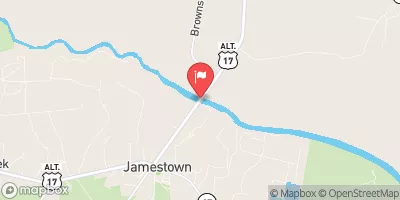 Santee River Nr Jamestown
Santee River Nr Jamestown
|
1200cfs |
 Turkey Creek Near Maryville
Turkey Creek Near Maryville
|
1cfs |
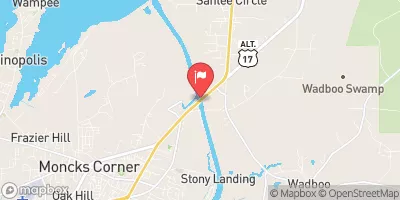 Lake Moultrie Tailrace Canal At Moncks Corner
Lake Moultrie Tailrace Canal At Moncks Corner
|
15700cfs |
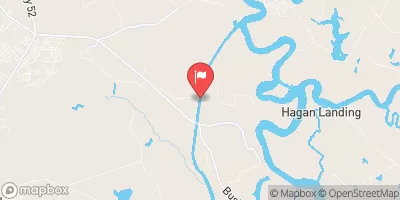 Back River At Dupont Intake Nr Kittredge
Back River At Dupont Intake Nr Kittredge
|
3960cfs |
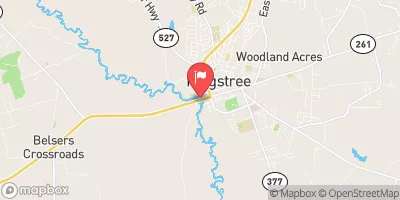 Black River At Kingstree
Black River At Kingstree
|
379cfs |
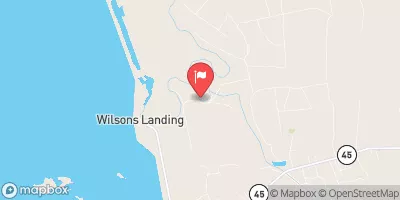 Santee River Near Pineville
Santee River Near Pineville
|
707cfs |
Angling Safety Guidelines
Check local fishing rules, seasons, size limits, and license requirements to ensure legal and sustainable angling.
Handle Fish Responsibly
Use wet hands, minimize air exposure, and release fish gently to improve survival rates when practicing catch-and-release.
Choose the Right Gear
Match your rod, line, and tackle to the species and conditions to increase success and reduce unnecessary harm to fish.
Respect the Waterway
Avoid disturbing habitat, prevent bank erosion, and keep a safe distance from spawning areas to protect ecosystems.
Keep It Clean
Pack out all line, hooks, bait containers, and trash—discarded gear can injure wildlife and degrade waterways.
Related Links
Area Campgrounds
| Location | Reservations | Toilets |
|---|---|---|
 Guilliard Lake
Guilliard Lake
|
||
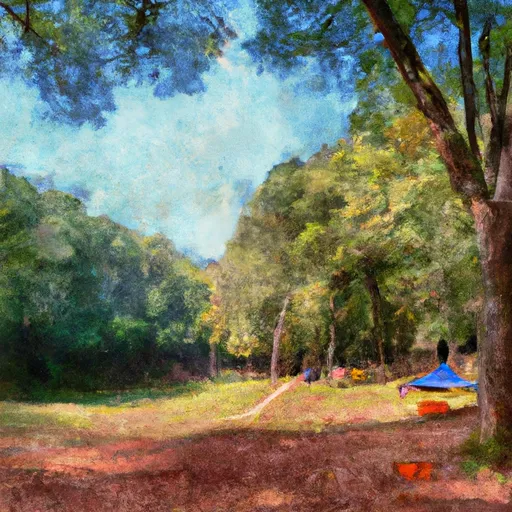 Honey Hill Recreation Area
Honey Hill Recreation Area
|
||
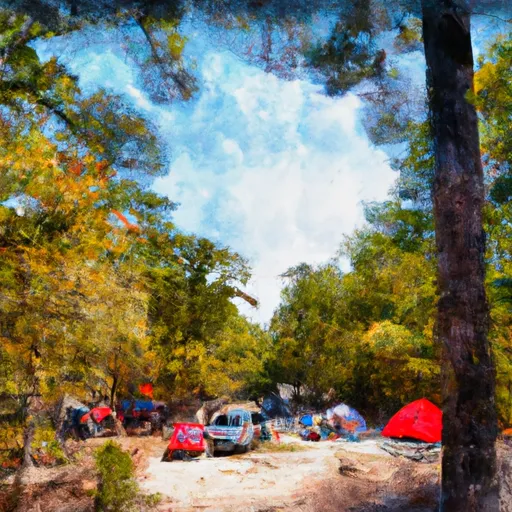 Honey Hill
Honey Hill
|
||
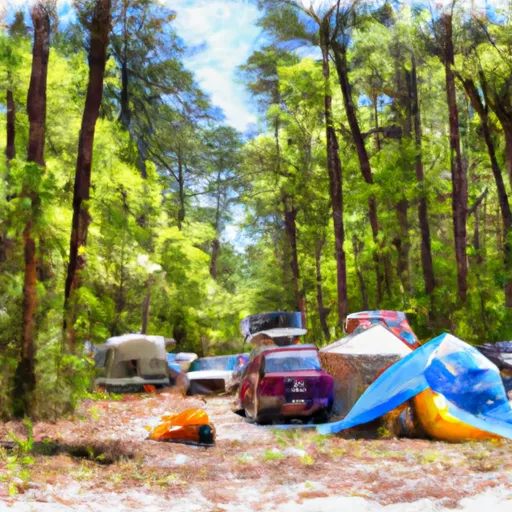 Elmwood
Elmwood
|
||
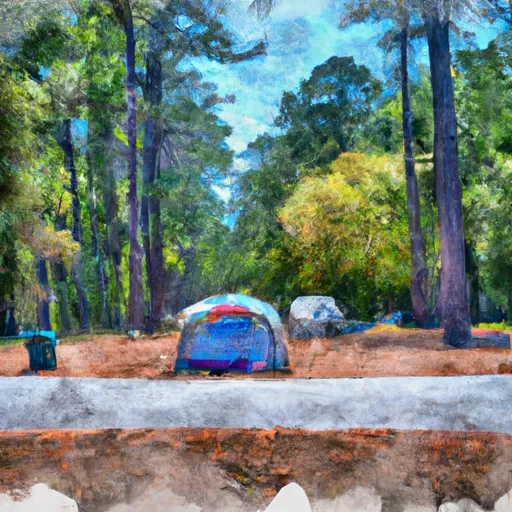 Elmwood Recreation Area
Elmwood Recreation Area
|

 New Hope Pond
New Hope Pond
 Jackie Pond
Jackie Pond
 Bluebird Pond
Bluebird Pond
 Co-op Pond
Co-op Pond
 Windom Corner Pond
Windom Corner Pond